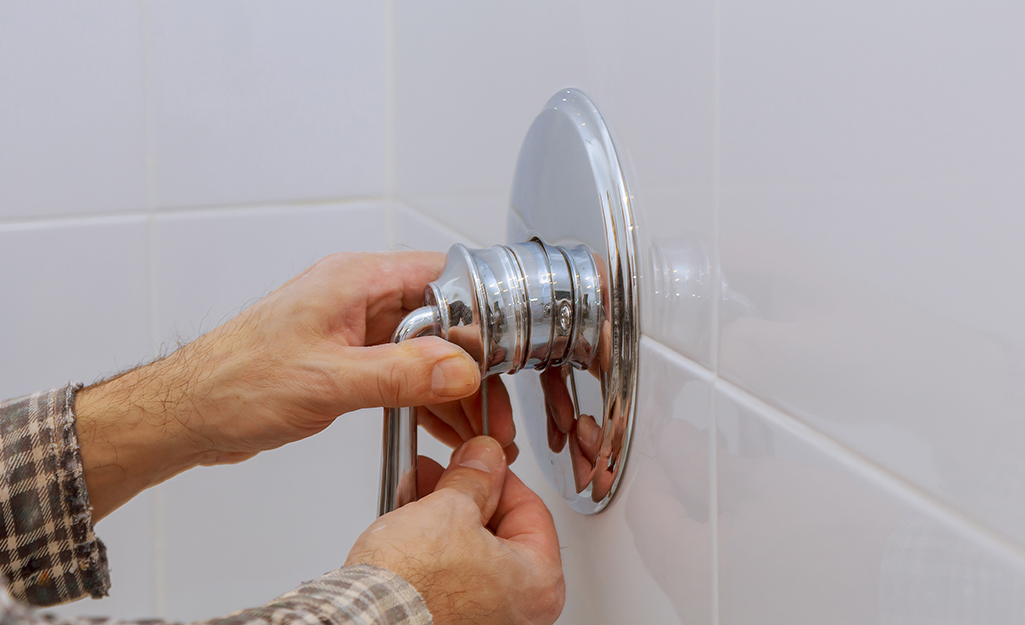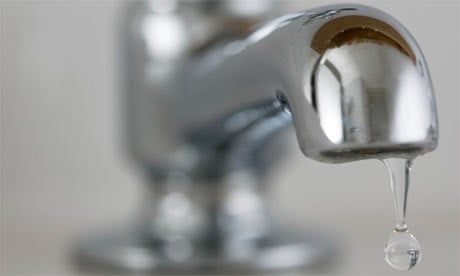Comprehensive Guide to Resolving a Leaky Tap: Specialist Tips
Comprehensive Guide to Resolving a Leaky Tap: Specialist Tips
Blog Article
Presented here on the next paragraphs you can locate some good quality help and advice when it comes to How to Fix a Leaking Tap Without Getting Professional Help.

Introduction
A leaking tap is not only annoying but can also throw away a substantial quantity of water and lead to enhanced energy costs. In this step-by-step overview, we'll stroll you through the procedure of dealing with a leaking faucet, enabling you to save water and cash while preserving your plumbing system.
Inspecting for Damages
When you've exposed the valve setting up, inspect it for any kind of signs of damage or wear. Typical perpetrators of a dripping tap include damaged washing machines, O-rings, or seals.
Changing Faulty Parts
If you identify any broken or damaged elements, very carefully eliminate them using a wrench or pliers and replace them with brand-new ones. Make sure to use the appropriate dimension and kind of substitute parts for your faucet.
Reassembling the Faucet
After changing the faulty parts, meticulously rebuild the faucet in the reverse order of disassembly. Ensure that all parts are properly aligned and tightened up to stop future leaks.
Gathering Tools and Materials
Prior to you start, gather the needed devices and products for the fixing. You'll usually require an adjustable wrench, screwdrivers, substitute washing machines or seals, plumber's tape, and a cloth or towel to tidy up any spills.
Shutting Off Water
Situate the shut-off valve for the affected faucet and turn it clockwise to shut off the water system. If you're incapable to locate the shut-off valve, you may require to shut off the main water supply to your home.
Dismantling the Tap
Use a screwdriver to eliminate the deal with of the faucet, subjecting the interior components. Depending upon the kind of faucet, you might require to unscrew a cap or collar to access the shutoff setting up.
Making Sure Correct Functionality
After confirming that the tap is leak-free, test its performance by turning it on and off several times. Guarantee that the tap runs efficiently and without any uncommon noises or resistance.
Tidying up
Lastly, tidy up any kind of particles or spills from the repair work process and deal with any old or damaged components appropriately. Leaving the workplace clean and tidy guarantees a professional coating to your fixing.
Checking for Leaks
As soon as the faucet is reassembled, transform the supply of water back on and evaluate the tap for leaks. If you observe any kind of leakages, verify the links and tighten them as needed.
Conclusion
Dealing with a dripping tap is a relatively basic DIY task that can save you cash on water expenses and avoid additional damage to your plumbing system. By following this detailed overview, you can tackle the repair service with self-confidence and appreciate the advantages of a leak-free faucet.
Fixing a Leaking Tap: Causes, Solutions, and Water Conservation
Causes and Signs
Worn-Out Washers: The tap washer, rubber or metal, creates a seal within the tap assembly. Over time, the old washer can deteriorate, leading to water seepage and a dripping tap. High Water Pressure: Excessive water pressure can strain tap components, causing leaks. The forceful water flow exerts pressure on the washers and other sealing mechanisms, resulting in a dripping tap. Faulty O-Rings: O-rings, usually made of rubber, provide a watertight seal between moving parts of the tap. If the O-rings become worn or loose, they can cause water to leak, resulting in a dripping tap and potential water damage to your property. Signs of a Dripping Tap
Audible Dripping Sounds: If you hear the sound of water droplets hitting the sink or basin, it’s a clear indication of a dripping tap. Puddles or Stains: Notice any puddles of water or stains around the tap area or on the sink surface. These signs suggest a dripping tap that requires attention. Reduced Water Flow: A dripping tap can affect the overall water flow, resulting in reduced pressure when using the tap. Gather the Necessary Tools
Adjustable spanner Screwdriver – flathead or Philips’s head New washers Towels or rags Turn Off the Water Supply
Find the isolation valve beneath the sink or by the tap and turn it clockwise to shut off the water supply.
Disassemble the Tap
Use a screwdriver to carefully remove the tap handle, exposing the internal components. Take note of the order and arrangement of the parts as you disassemble the tap. This will aid in reassembling it correctly later on. (We recommend taking photos on your phone for a no-fuss solution).
Inspect and Replace the Washer
Inspect the washer located at the bottom of the tap assembly. If it appears worn out or damaged, replace it with a new washer of the correct size and type. This simple replacement can often resolve the dripping tap issue.
Tips for Responsible Water Usage
Regular Inspection and Maintenance: Conduct periodic inspections of all taps in your home to identify potential leaks or drips. Timely repairs prevent water wastage and maintain the efficiency of your plumbing system. Install Water-Efficient Taps: Consider replacing old taps with water-efficient models that are designed to minimise water consumption. Look for taps equipped with aerators and flow restrictors to regulate water flow without compromising functionality. Conscious Water Usage: Develop mindful habits such as turning off the tap while brushing your teeth or soaping your hands. Additionally, use full loads when running dishwashers and washing machines to maximise water efficiency. Monitor Your Water Bill: Keep track of your water consumption by regularly monitoring your water bill. Any sudden increases may indicate a leaking tap or other issues that require attention. When to Seek Professional Help
Persistent Leaks: If your attempts to fix the dripping tap are unsuccessful or the problem keeps recurring, it may indicate an underlying issue that requires professional attention. Complex Repairs: In cases where the tap assembly is intricate, or the repair involves specialised knowledge, it’s advisable to seek professional help to ensure the problem is resolved effectively. https://proudplumbingandgas.com.au/blog/a-complete-guide-to-fixing-a-leaking-tap/

We hope you liked our topic about How-To Guide On Fixing A Leaking Tap Or Faucet Step. Thanks a ton for taking time to read our article post. Do you know someone else who is excited by How To Fix A Leaky Tap In 5 Easy Steps? Why not share it. Thank you for your time spent reading it.
Quote & Schedule Report this page